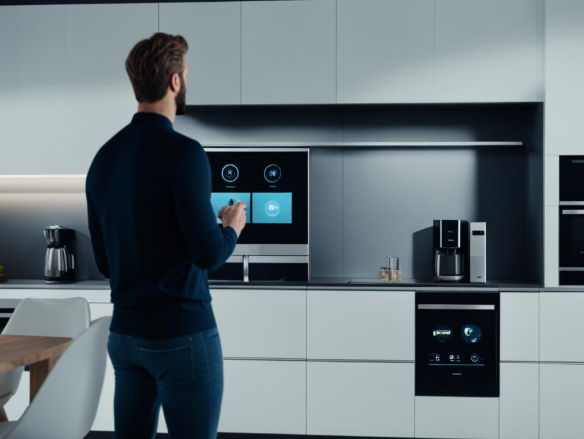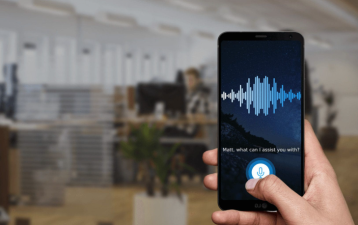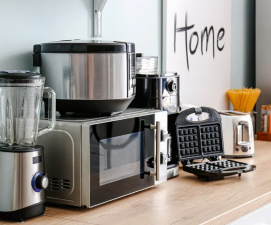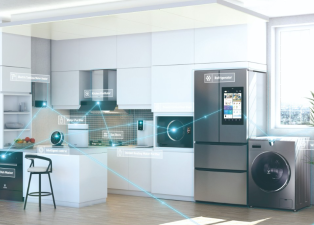The Rise of Voice-Controlled Appliances
Smart homes are becoming increasingly popular, and voice interaction in smart appliances is a major highlight. Can you imagine? Coming home, you can say "Play my favorite TV show" to the TV, and it'll start playing instantly. Walking into the kitchen, you can say "Make a cup of coffee," and the coffee maker will automatically start working. This is no longer a scene from a science fiction movie; it's a reality in our lives, bringing the convenience of voice interaction in smart appliances.
In the past, operating home appliances required manually pressing various buttons, and finding them was difficult if your hands were wet or covered in objects. Now, with voice interaction, everything is simple. Even the elderly and children can easily use it, no longer struggling with complex operations. Moreover, it has accelerated our pace of life. For example, if you're in a hurry to get out in the morning, you can simply shout to open the curtains instead of scrambling for the remote control, saving a lot of time.

Technical Principles of Voice Interaction in Smart Appliances
Voice interaction in smart appliances relies on a series of technologies. First and foremost is voice recognition technology, which, like a smart assistant, can convert our words into text. It can understand any language. Then there's natural language processing technology, which is like adding a brain to text, allowing it to analyze what we're saying. For example, if we say "turn up the bedroom temperature," it knows we mean to adjust the air conditioner. Finally, there's speech synthesis technology. Once the appliance executes the command, it will communicate the result in a pleasant, real-world voice, just like a real person speaking.
These technologies work together to enable smart home appliances to accurately understand and respond to our commands. Engineers have dedicated significant effort to achieving superior voice interaction. They continuously optimize algorithms to improve speech recognition accuracy, enabling appliances to hear clearly despite various ambient noises. They're also working to make natural language processing even more intelligent, capable of understanding more complex expressions. For example, many smart home appliances can already recognize ambiguous phrases like "I'm feeling a bit hot," which might automatically lower the air conditioner.

Features of Smart Home Appliance Voice Interaction
- Convenient Control
This is the most prominent feature of smart home appliance voice interaction. We can control our appliances anytime, anywhere with our voice, without having to physically operate them. For example, if you're in bed in the winter and don't feel like getting up to adjust the air conditioner, just shout. Furthermore, it can control a growing range of home appliances, from TVs, air conditioners, refrigerators, to robot vacuums. As long as each appliance is connected to the intelligent voice interaction system, it can be easily controlled.
- Personalization
Services can be customized based on our habits and preferences. For example, if we frequently watch a certain channel, we can tell the voice assistant, and next time, just say "Turn on the TV," it will directly tune to that channel. It can also automatically adjust home appliance settings based on our daily routines. For example, at 10 p.m. every night, the smart speaker will automatically remind us to turn off the bedroom lights and lower the air conditioner to create a comfortable sleeping environment.
- Multi-Device Interaction
Smart home appliances of different brands and types can be linked through voice interaction. For example, if we say "I'm going to bed," the intelligent system will automatically turn off the TV and lights in the living room, draw the curtains, adjust the bedroom air conditioner to an appropriate temperature, and turn off the bedroom lights. The seamless coordination between various appliances provides us with a one-stop smart living experience.
In short
With the deep integration of artificial intelligence technology and the Internet of Things, the scope and functionality of voice-controlled home appliances will continue to expand and improve. Future homes may completely break away from traditional physical control interfaces and move towards more natural and intuitive voice interaction methods, making life more intelligent and automated.


